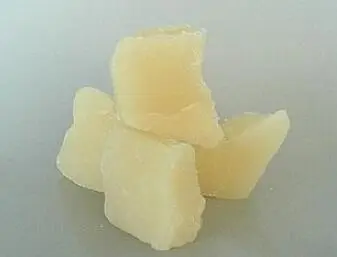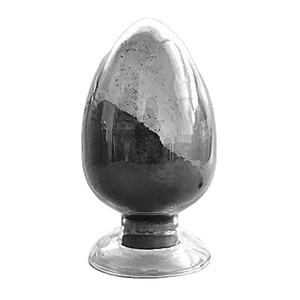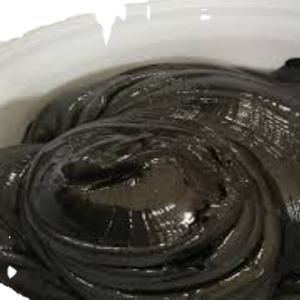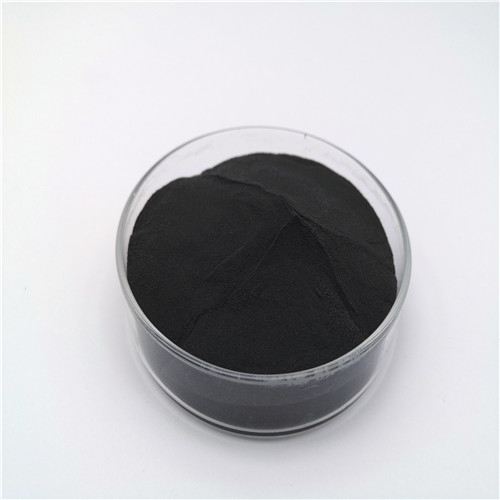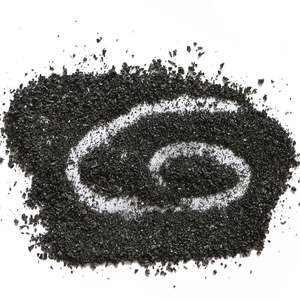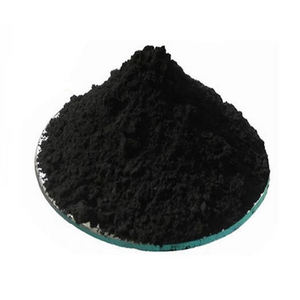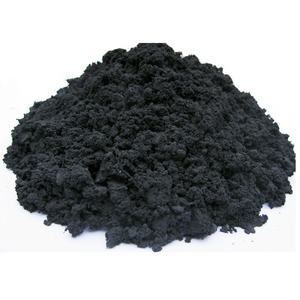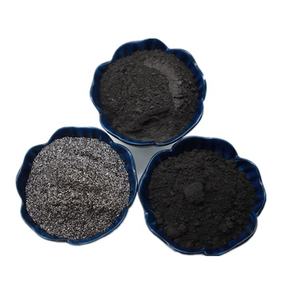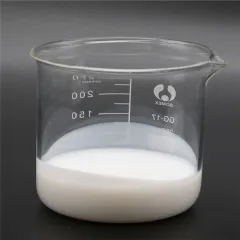Amazing! The best building material for the industry. Cement foam board is widely used. Its superior performance can be seen in the following areas: Achieving […]
Continue readingbuilding materials industry indispensable good material
Amazing! The best building material for the industry.
Cement foam board is widely used. Its superior performance can be seen in the following areas:
Achieving good fire insulation performance
Cement foam The board is classified as a non-combustible, inorganic thermal insulating material of class A. It can maintain its integrity even at high temperatures and improve the fire performance. Closed porosity is more than 95%. It has excellent thermal insulation properties.
Sound insulation with excellent performance
Cement foam board can have a sound insulation coefficient of more than 45 decibels due to its porous bubbles.
Lightweight seismic capacity
Cement foam board can resist a magnitude 9 earthquake by welding steel structure. Its density is about 250kg/cubic-meter.
Construction is efficient and convenient
Cement Foam Board has many advantages, including being easy to build. It also has a shorter construction period. There is no need for additional materials like sand or cement. The materials can be stacked easily and efficiently, it takes up less space and requires fewer resources. Cement Foam Board can be constructed in 60 minutes by three people, compared to the traditional block walls.
Strengthens the bonding and compression forces
The national testing agency has verified that the addition of special fibre increases the compressive force of cement foam boards. Its bending load can be up to three times their weight (1.5x the national standards), its compressive power can be over 5MPa (3.5MPa for the national standards), and its hanging strength can be greater than 1,500N (1,500N for the national standards).
Environment protection, energy savings and non-toxic and safe
Cement fly ash is used to make cement foam. It won’t melt at high temperatures, and it doesn’t emit any toxic gases. It’s a material that is both environmentally friendly and safe. Cement foam board is not recyclable, and this fact has been recognized by the national industrialization policy.
Cement Foam Board is used widely in industrial plants with large spans, warehouses, machine garages of all sizes, stadiums exhibition halls airports large-scale utilities and mobile homes. It’s also used as residential wall insulation and mezzanines for residential walls. The problems associated with foam insulation before have been overcome by cement foam board. These include poor thermal insulation properties, high thermal conduction, and cracking.
